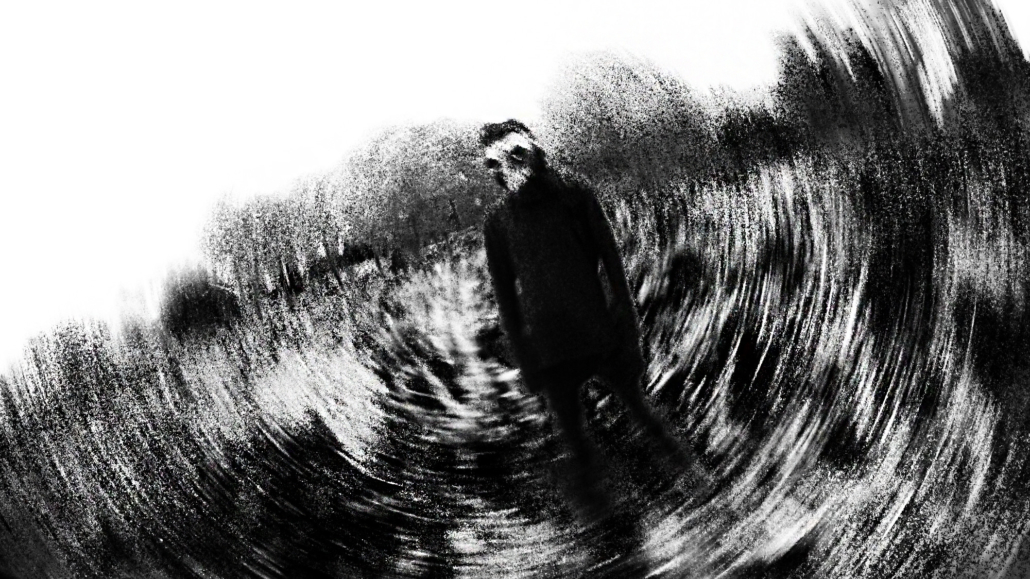by Ferne Arfin 2 February 2020
The heroic story of the English plague village of Eyam
The true story of the plague village of Eyam, in the Peak District National Park, echoes through history as a lesson in courage and self sacrifice in the face of almost unimaginable tragedy. There, in 1665, the entire population chose to enter a 14-month quarantine and, through this communal act, probably saved the North of England from the plague.
In 1665, the last and greatest wave of plague hit London. Over the next year, it wiped out more than 100,000 people – anywhere from a quarter to two-fifths of the population. From London, the plague spread to nearby surrounding areas and into East Anglia, but it remained primarily a disaster of England’s southeast.
That is, until it reached Eyam (pronounced eem), a village in the central North of England, about 13 miles Southwest of the Yorkshire city of Sheffield.
A bundle of plague
In late August 1665, village tailor, Alexander Hadfield, took delivery of a bundle of fabrics. Accounts vary: some say the package contained cloth samples, others that it held damp, flea-infested, used clothes. (It was common practice for the clothes of fashionable Londoners to be deconstructed by country tailors who reused the expensive fabrics for new garments.)
Whatever the truth of the matter, a week later the tailor’s assistant George Viccars died. Very soon after that, the tailor and the rest of his household died as well. That was the start of a plague that ravaged the village for the next 14 months.
But it went no further than Eyam.
The quarantine of Eyam
The new vicar, William Mompesson had an idea but, as the new – and unpopular – man in town, he was unsure he could persuade the villagers. He called upon his predecessor, Thomas Stanley, and, together they addressed a village meeting, asking the villagers to voluntarily quarantine themselves within the town. Most agreed not to leave the town until the disease had run its course.
The villagers created a cordon sanitaire of large flat stones – an exclusion zone – beyond the borders of the village. Meat and grain brought from neighbouring villages was left by the stones and, in exchange, the villagers left coins in bowls of vinegar in hollows of the stones. They believed the vinegar cleansed the coins of the contagion. Visitors today can still find the stones around what was then the edge of Eyam. Sometimes people leave coins to honor the courageous villagers. Food and supplies were also left at Mompessan’s Well, a landmark you can find along the village trail.
Meanwhile, within the village, untold suffering continued for more than a year. Historic markers beside lovely stone cottages all over the town indicate where entire families were wiped out by the disease. People had to bury their own dead. In August 1666, Elizabeth Hancock lost six of her children and her husband, all within eight days. People from the neighboring village of Stoney Middleton watched from a nearby hill, unable to help as, alone, she dragged the members of her family beyond the edge of her farm to bury them.
The aftermath
The quarantine of the plague village of Eyam lasted 14 months. By the time the outbreak was over and the last death recorded, in November 1666, more than 75 percent of the population of Eyam had perished. Of the original 344 villagers, only 90 survived and more than 70 families had been completely wiped out. Historic markers, located all around Eyam, indicate the plague cottages and who died in them. The stories are almost impossible to imagine.

The “Plague Window” in the village church depicts scenes from the Eyam plague and quarantine. photo by Rustyruth1959 ccl
Typical is the sign outside the Bagshaw house that tells the story of the Syddall family, who lived there. Richard, 11; Sarah, 13; John, their father, 45; Ellen, 23 and Alice, 9, all died in the first wave – September and October of 1665. During the winter months, the plague subsided, but then it returned to polish the family off. Emmot, 22, died in April, 1666; Elizabeth, her mother, remarried but Elizabeth’s new husband, John Daniel, died in July. She followed him to the grave in October 1666. Joseph Syddall, aged 3 in 1666, was the family’s only survivor.
The Plague Window
The Plague Window in the village’s St Lawrence Church, pictured left, depicts scenes from the tragedy, including, in the left panel, the arrival of the bundle of tainted cloth and the first death of the outbreak. At the bottom of the right panel are a pair of lovers, separated by a stream. They are Emmot Syddall and Rowland Torre. Rowland lived on the other side of the cordon around the plague village of Eyam. According to the story, they met at the stream every week to see each other and shout across the water, unable to touch. Finally she was no longer there.
What to see on a visit to Eyam
With such a sad history, you may wonder why you’d want to visit Eyam at all. Not surprisingly, there are some very good reasons:
- It’s in the center of a region of the Peak District National Park laced with scenic walking routes, cycle trails and rock scrambles that range from gentle to challenging. The park authorities suggest the Abney – Eyam Loop of the Hope Valley Cycle trail. Or Try some rock climbing with lessons at glorious Stannage Edge, seven miles away.
- Bakewell, where the famous Bakewell Pudding was invented is just a few miles away. If you’re on a walking holiday, you can take the Moor Road route – 8.5 miles across the high moors and through the village of Great Longstone – or the shorter route through Stoney Middleton and Hassop on the B6001. At 6.5 miles its shorter and less of a climb. See both routes on a zoomable map.
- Chatsworth House, one of the star attractions of the Peak District, is under six miles away on foot, and less than 15 minutes by car along the A623. If you decide to walk, the last mile or so is through the Chatsworth Park so you approach the house across its grand ceremonial path. Visits to the park are free though you have to pay admission to see the glorious gardens, fountains and cascades and it would be a shame to miss the art collection, amassed by the Dukes of Devonshire over hundreds of years. Chatsworth played a role in the drama of Eyam. The then Earl of Devonshire pledged to provision the village if villagers kept to the quarantine.
- Visit the Eyam Museum The story of how the plague came to the village and what happened next, including the recovery with new industries and inventions 20 years later.
- Check out the village website for a trail around all the Eyam landmarks, a list of cafes and tea shops (even an Afro-Caribbean cafe, Stella’s Kitchen, in the middle of the Peak District), and a small listing of accommodations.
- Stay in a stylish hostel Break your walking vacation with a stay in the Eyam YHA Hostel. It was once an aristocratic folly. See reviews of this hostel and book on Tripadvisor.


 Les Hunt, Birling Gap
Les Hunt, Birling Gap Anguskirk ccl by-nc-nd 2.0
Anguskirk ccl by-nc-nd 2.0
What a fascinating place, and such a sad story, it’s so interesting how these tiny places in the UK often have all these stories beneath the surface.
What a fascinating story. I wonder how they’d feel there about a coach full of Chinese tourists pulling up there at present?
What a heart-rending yet uplifting story. It gave me goosebumps. Thanks for helping to keep their story alive.
What an interesting history! I love discovering all of the fascinating stories behind our towns and villages.
A really interesting history and one I’m sure most people don’t know. I can’t imagine the kind of things the villagers went through at the time and they deserve more recognition, so good to raise awareness.
Thank you for sharing this thought-provoking tale. I imagine your inspiration to write the story perhaps to be a sense of your disappointment and frustration at the way we are currently dealing with the coronavirus outbreak. However, I am wondering how you came across the story in the first place..
Glad you found the story interesting Robert. A friend who grew up nearby first told me about Eyam. Then I did some research. It’s actually relatively well known among people who hill walk in the Peak District.
Visited this village for the first time in 2019, have been a number of times since, lovely friendly people and gorgeous food, but it always moves me knowing that if it wasn’t for them many of us wouldn’t be here today.
How I wish they could get a posthumous George Cross.
I can’t begin to imagine the sense of fear that the people of eyam most have felt when they realized what they were facing, they must have been truly terrified.
To look death in the face like that is impossible to imagine .
They really deserve to be remembered for their courage
I just finished the book “Year of Wonders” by Geraldine Brooks that tells the story of Eyam in novel form. Thank you for your informative site. The novel was well written,but how much more that it was a true story.